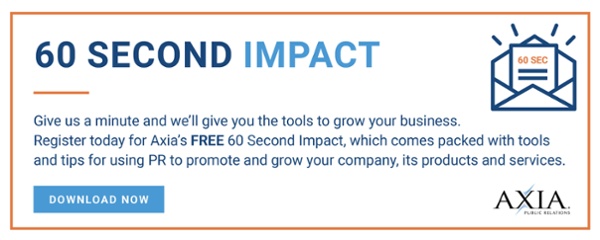A logo is a huge responsibility — and where many companies make big mistakes.
 In my decades of experience working with art directors, I’ve found that logos are among the most difficult assignments. That’s because they require the most talent of any design project.
In my decades of experience working with art directors, I’ve found that logos are among the most difficult assignments. That’s because they require the most talent of any design project.
Most designers frequently create miscellaneous marketing materials, not logos. The bigger the company, the more likely the artist is simply reproducing production artwork from existing style guides and templates.
But to do a logo is a huge responsibility — and where many companies, and most small businesses, make big mistakes.
A logo is not a gig for a production artist. It’s not a gig for the inexperienced. Find a seasoned art director who can show you their three favorite logo samples that they designed. If you don’t like their book, look for someone else.
Run if they offer to design or deliver your master logo as a raster file! All work should be submitted in a vector format. You can always convert it to a raster when needed. But raster to vector doesn’t reproduce.
Be prepared to pay for quality work. Your logo is a critical first impression. It demonstrates your quality and sophistication.
As for the logo itself:
-
Keep it simple.Less is more. The best logos are easy to recognize and can be drawn freehand.
-
Colors have meaning.A good logo looks great before you add colors. Colors accentuate the intended message. Select colors that reflect the emotions you want customers to associate with your brand experience.
-
Make sure it’ll reproduce well in color, reversed, and black and white.Not every situation will allow your logo to appear in color.
-
Make sure it’ll reproduce well in multiple mediums.Your logo should work when it is flat, multidimensional, stitched/embroidered, on a screen, in print, on social media squares, on a shirt, on a sign, legible from the road, etc.
Get objective input from multiple, third-party professionals, and your target audience.
-
Consider conducting a focus group among your ideal consumers.
-
Remember that you should never take feedback personally.
-
Give the feedback due consideration.
-
Be thick-skinned, and remember it’s not about you. It’s about what makes your audience attracted to you.
And, of course, save the mechanical vector files in three different places, so you never lose your original artwork.
 Clients love Jason’s passion, candor, and commitment as well as the team he has formed at Axia Public Relations. He's advised some of America’s most admired brands, including American Airlines, Dave & Buster’s, Hilton, HP, Pizza Hut, and Verizon. He is an Emmy Award-winning, accredited public relations practitioner, speaker, author, and entrepreneur and earned his certification in inbound marketing. He founded the PR firm in July 2002. Learn more about Jason.
Clients love Jason’s passion, candor, and commitment as well as the team he has formed at Axia Public Relations. He's advised some of America’s most admired brands, including American Airlines, Dave & Buster’s, Hilton, HP, Pizza Hut, and Verizon. He is an Emmy Award-winning, accredited public relations practitioner, speaker, author, and entrepreneur and earned his certification in inbound marketing. He founded the PR firm in July 2002. Learn more about Jason.
Photo 107388855 © Artmim - Dreamstime.com
Topics: branding, owned media



Comment on This Article